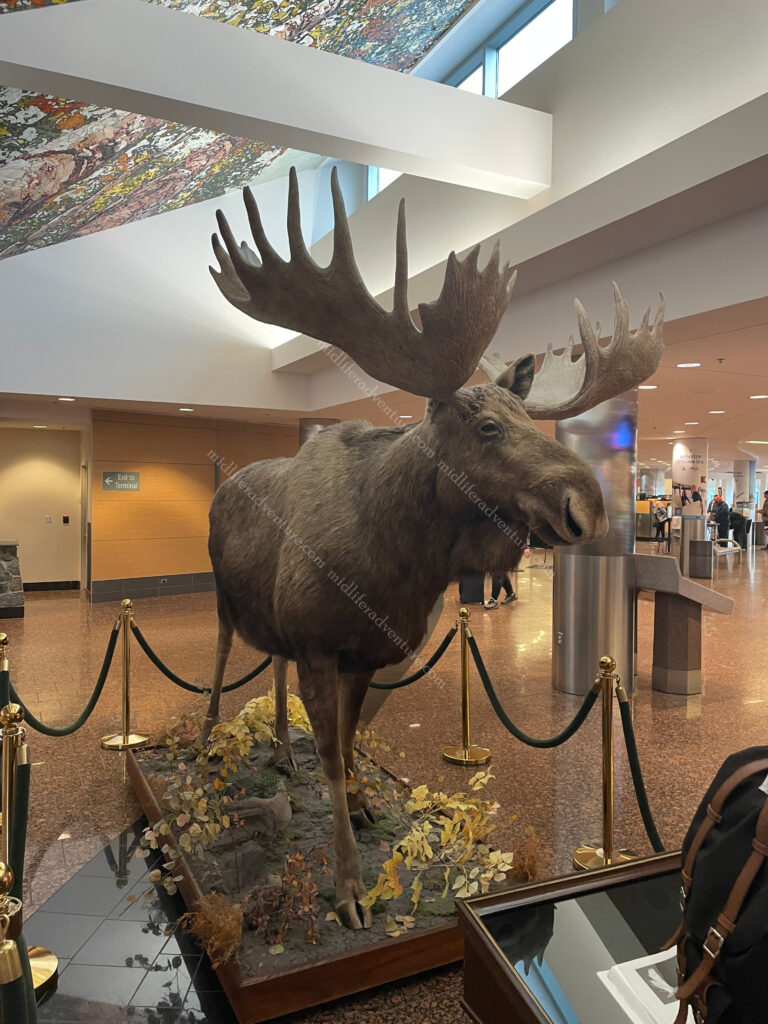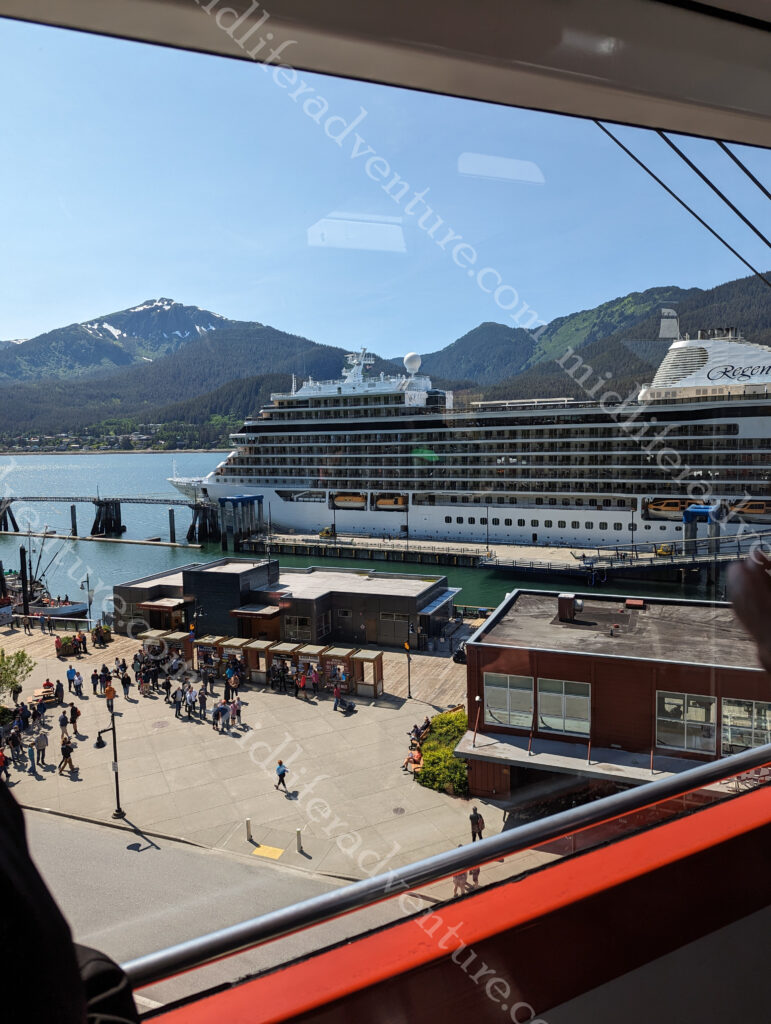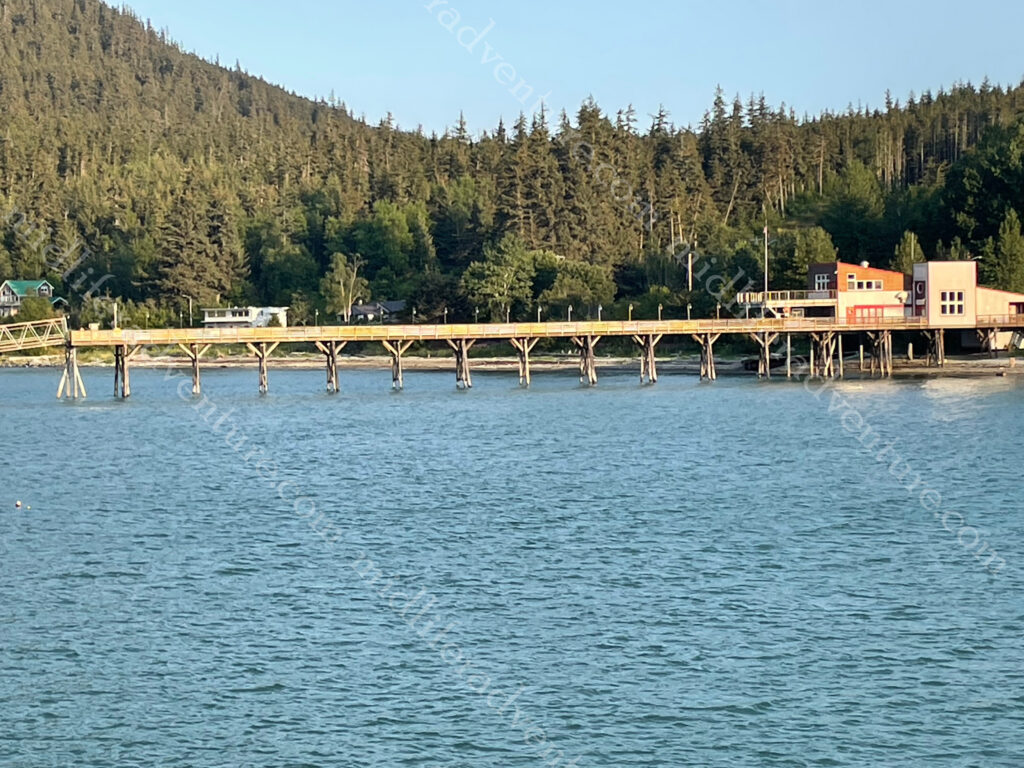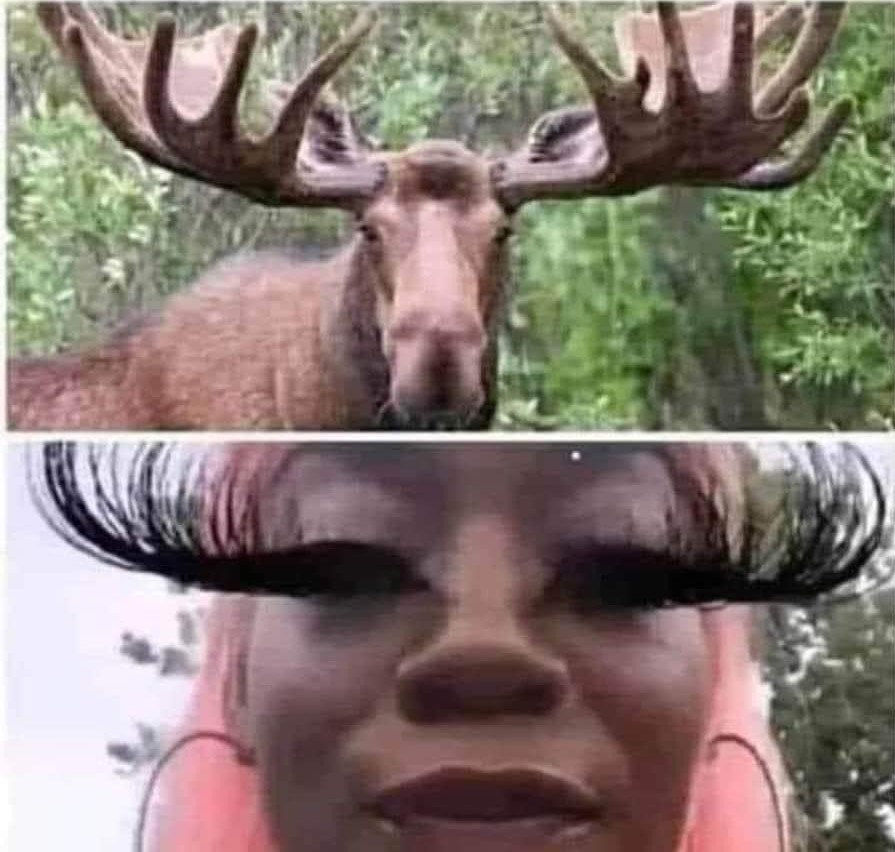A large group of people were all heading into the US. We were all converging from around the world with the main intent of meeting up to join the Claudia birthday cruise (previous post). Claudia and Jeremy (Jimmy) have featured often throughout the posts most notably on our Miami sojourn for our (mine and Jimmy’s) 50th birthday Caribbean cruise vacation.

For us it was a simple journey from Vancouver in Canada up to Anchorage in Alaska, where we hung out for a bit before catching a train down to where the boat left.
Anchorage
Flying into Anchorage is an impressive sight, no matter what time of the year. Jill had the window seat and was constantly clicking away as the views were that good. High peaks and snow capped mountains everywhere you look. This place is stunningly pretty.




Anchorage is the largest city in Alaska (a bit under 300,000 people) it was first settled as a tent city near the mouth of Ship Creek. It was built to house workers being used for the construction of the Alaska railroad. Archaeological evidence suggests that the first inhabitants arrived about 5000 years ago.
Wiki tells me that, in 1867, U.S. Secretary of State William H. Seward brokered a deal to purchase Alaska from Imperial Russia for $7.2 million, or about two cents an acre. In 1888, gold was discovered just south of Anchorage which led to an influx of prospectors, and small towns.

The city is on a flat coastal strip of land beneath the Chugach Mountains. This means that it is ringed by snow covered peaks for most of the year. There is a short window in summer when all of the snow will (sometimes) melt. When we arrived we got some green on the hills but still plenty of snow on the peaks.


Getting off the plane one of the first things that you are met with at the airport is a giant stuffed moose buck.
As I have never seen a live moose, this was a big ticket item for me to see. Anchorages’ proximity to the wilderness means that it has its fair share of wildlife that are in and around the town centre.
According to the blurb, Moose are a common sight in the Anchorage area. There is a summer population of around 250 moose, increasing to as many as 1,500 during the winter.


The tourist blurb also estimates that there are around 250 black bears and 60 grizzly bears that live in the area and are regularly sighted within the city.
The visitor’s center is a small log cabin in the heart of town. As you would expect, it is surrounded by a ton of tourist and trinket shops, along with street food vendors offering reindeer hotdogs. Of course I had to stop and try a reindeer hotdog.









As it wasn’t winter, and we didn’t have a car the opportunity to see bears and moose around town were not leaping out at us. So we decided to hop on the free shuttle bus that did the loop between the visitors centre, aviation museum, the wildlife centre and the botanic gardens. Stopping at the wildlife centre I got to see my moose. Add to this a polar bear, bald eagle, grizzly and brown bears and some other things to boot.









As timing would have it we would be in America on Independence day (4th of July). We met up with Brad and Nora (from the earlier Philippines posts) and decided to head to town for the parade and festivities. It was exactly as you would expect, loud, obnoxious and wildly (perhaps even blindly) patriotic.






The local park turned into a theme park style celebration with food trucks and obscenely sized and overpriced food offerings along with the odd kids ride. All things considered it was an ok day with a happy community and a nice wander around town to finish it all off.










The Alaskan Railway
The next day we (Jill and I) hopped on the Alaskan Railroad for the four and a half hour ride from Anchorage to Seward. The trip took us past lakes, glaciers, mountains and wildlife.




This was truly one of the world’s greatest train journeys. At virtually every turn there were magnificent sights to be seen. Towering snow covered peaks, multiple glaciers and we even got to see wild bears, eagles and moose as we rolled down towards Seward.






About 15 minutes outside Seward we passed through a valley called eagle point. This was an area where an avalanche had diverted the river, making it shallower than the main river, thereby providing perfect fishing grounds for the eagles. At this point of our journey, eagles were everywhere. We counted 5 bald eagles in a single tree at one part.



Seward
Hopping off the train, we set to walking the 1 mile distance to the heart of the town of Seward. There was a free shuttle but that ran every 20 mins, but there was also a full train load of people and luggage all trying to head to the same place. So we chose to walk, dragging our big bags with us. Once landing in town we could not check into our hotel for another 3 hours so we had to amuse ourselves.







There is not really too much to do in Seward. There are a few bars, some tourist trinket shops and the odd restaurant. The exception to this is the Alaska Sea Life Centre. Brad and Nora joined us again (they had an extra day in Anchorage) and we did the tourist schlepp. Apart from a seal, a sealion and a few seabirds (puffin being the pick) the place was pretty lame and certainly was not worth the $50 admission fee.






Alas while watching the sealion, which was huge, an American woman was standing next to me asking what it was. My response was (typically) that it was a rock sausage. A couple of minutes later I heard her earnestly telling others that it was a rock sausage. This amused me far more than it should have.
Hubbard Glacier

The Hubbard Glacier is the largest tidewater glacier in North America and it spans both the USA and Canada. From its source in the Yukon, the glacier stretches 122 km to the sea at Disenchantment Bay. At the bay, the face of the glacier is around 9 km wide and rises about 100 meters above sea level, (equivalent to the height of a 30-story building). Unlike the vast majority of glaciers, Hubbard Glacier has been both thickening and advancing since the International Boundary Commission first mapped it in 1895.





The glacier is magnificent but unfortunately our phone camera’s were not good enough to pick up the colour contrasts between the sea, the ice and the sky (overcast and cloudy day).
Juneau

Juneau is the capital city of the state of Alaska and has a population of a bit over 30,000. Virtually the whole place runs on tourism. The day we arrived, we were one of 4 cruise ships that had lobbed in for the day. This translated to around 10-15,000 people descending on the tiny little town.






Like most places in Alaska, the scenery was stunning. Virtually everywhere you look there are high mountains, snow covered peaks and dense forests.
Juneau had a cable car (the Goldbelt Tram) that is just south of downtown Juneau and right on the cruise ship dock. Jill bought the tickets and we took the tram to do the six-minute (1800 feet) ascent up Mount Roberts. When on top there was more touristy rubbish including a restaurant, theater, and retail shop.




Sadly once up there, there were also a bunch of nature trails to walk that go to varying points on the mountain overlooking the town. And of course, Jill wanted to walk them. So we spent the next couple of hours sweating our rings out as we schlepped along dirt paths on the side of a mountain.







Every now and then you would pop out onto a clearing and have a pretty spectacular view.
While we were hanging out and climbing mountains, Brad and Nora paid the big bucks and took a helicopter flight up the real mountains and put on the super warm gear. This included ice cleats so that they could hike on the glaciers. This ran a little rich for our budget, but I was happy to steal his photos and share them.






Skagway
Skagway is a tiny town of around 1200, it was an important port during the Klondike Gold Rush. The White Pass and Yukon Route narrow gauge railroad was originally built in 1898 for mining but now operates purely for the tourist trade during the summer months.








While purely a tourist trap, it does provide a great ride through the town and forests providing amazing views of waterfalls, gorges, glaciers, trestles and historic sites, all from vintage rail cars.




Skagway is a popular stop for cruise ships, and the tourist trade is a big part of the business. So too is the alcohol trade, with numerous bars and microbreweries all through the place. While the old sex trade may have gone, much of the naming of establishments has kept the more risque elements alive.




We found a micro-brewery that actually delivered a semi-drinkable beverage (as well as the stupid fruit-infused abominations) but they soon cut us off after a sample (the law…no misbehaviour). So we migrated on to the Happy Endings Saloon, which sat next door to the Morning Wood hotel (subtle lot these Alaskans).
Haines
Haines is another tiny town of under 2000 people that is only 45 miles from the US-Canadian border. It is yet another coastal town with mountains rising out of the ocean. Many ships have sailed these waters, giving rise to the name of the “Inside Passage”. At the northern end is the longest and deepest fjord in North America.
The crazy thing was that as we pulled in, there was a bunch of locals entering the water for a swim. There was snow on the mountains, we were in long pants and jackets, I may have even had my beanie on, and these idiots were going for a dip.







The scenery around Haines is amazing and according to the blurb there is also an abundance of wildlife here, from bald eagles and bears, to whales and orcas.
Icy Strait Point is a 100% tourist stop designed and built to service cruise ships, with nothing else to it. It is wholly owned and operated by the local Alaska Native tribe with all profits directly supporting the nearby community of Hoonah (Alaska’s largest Native Tlingit village).












While it was built solely for the tourist trade, it is still pretty good. There is a an old cannery that can be visited and a couple of cable cars that will take you up the mountain. The first is free and drops you at the top of the (downhill) nature walk, the other you have to pay for and takes you to the peak and more walking trails.
We did both cable cars but alas once we got to the top tier we found ourselves enveloped by cloud and our view down was non-existent. Once up there, however, we took a guided walk with a native Alaskan, who wandered around with a rifle on his shoulder the whole time in case we had an unplanned bear encounter (we did not). All the while, eagles soared overhead, and we even spotted the nest.







Icy Strait Point also has the world’s largest ZipRider, with six ziplines travelling over 1.6 km and dropping around 400 meters. So if you do both cable cars to the top, you have the opportunity to skip them both and fly down the hill on a zipline. After launching, you will accelerate to speeds nearing 100 km/h.
Ketchikan
Ketchikan is the beginning of the last frontier. It is the southernmost entrance to Alaska’s famed Inside Passage and is best known as “The Salmon Capital of the World.” It is a photographer’s dream with amazing views and sights in almost any direction. It is set in the midst of the Tongass National Forest, a 17 million acre rainforest.














The catch-cry of Ketchikan is “the place where both men and salmon have been coming upstream to spawn for hundreds of years”. The crystal clear waters and salmon swimming upstream meant that, right in the heart of town, sat a bald eagle, just waiting for its opportunity to swoop and scoop one of the huge fish. This made for some pretty good photos.
Alaskan Beers
As is my way, I made a point of trying the local amber offerings as I traversed around the state. The mass produced commercial versions were ok without being startling and were a bit insipid if truth be told. But this time around we came across the odd microbrewery that did a very passable version of a pilsner.
We were even able to find a high-strength beer (8.1%) that tasted nice. Typically these taste like old shoes and should be avoided at all costs, but the Hurricane lager was the exception. The Alaskan Pilsner and Kolsch also rate very highly, brewed in German traditions they do not try and bash you with hops or malt, just a nice smooth blend.







And finally…
Not even the frozen wilds of Alaska is free from the ever present and ubiquitous…
Instagrammers.
